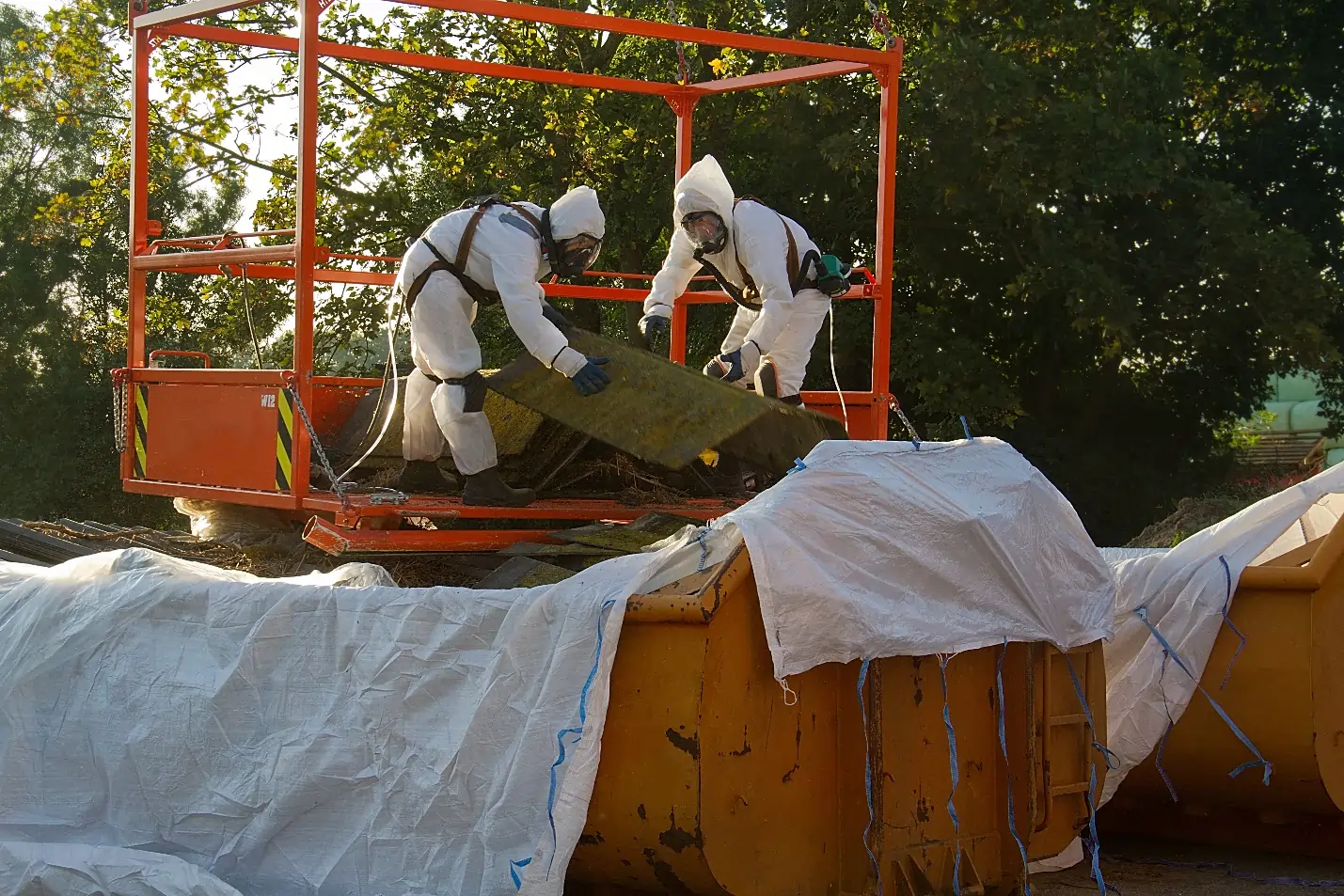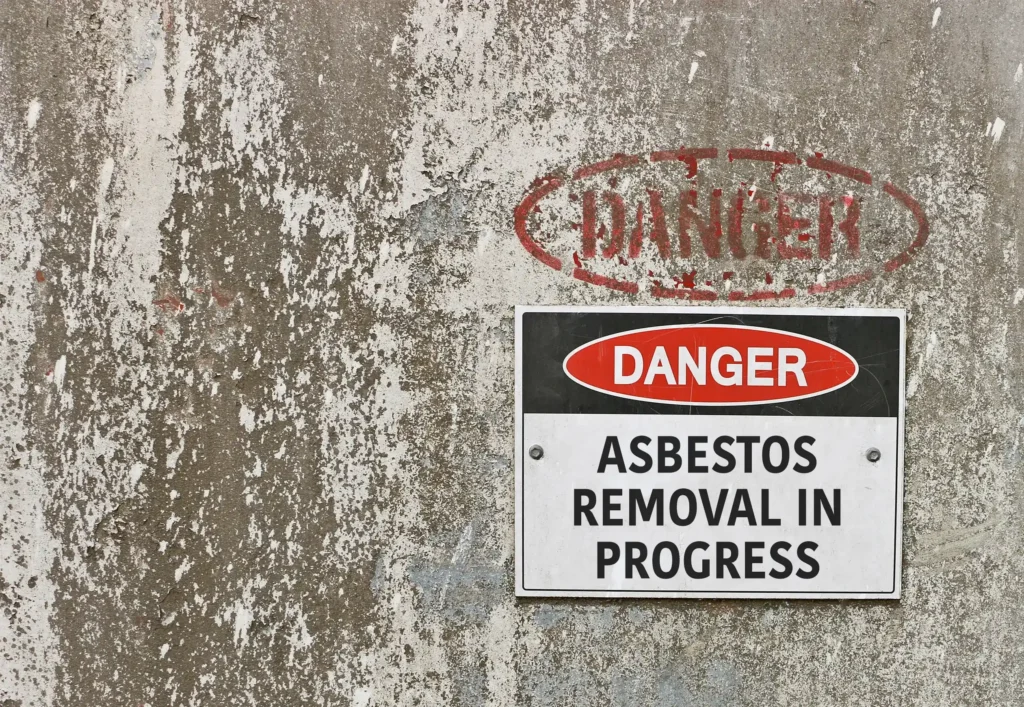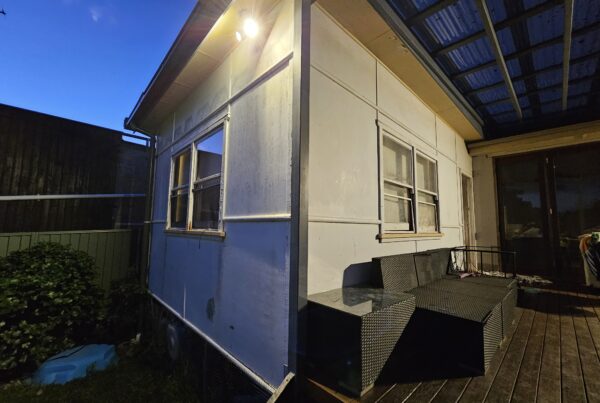It’s estimated that around a third of homes across Australia still contain some form of asbestos (referred to asbestos-containing material or ACM). Unlike other onstruction materials, there are consequences for dismantling ACMs without the proper tools and asbestos removal techniques.
Every project an asbestos removal Sydney expert undertakes always has people’s well-being at stake. On one hand, there’s a pressing need to get rid of every trace of asbestos from a property before it can make someone ill. On the other hand, the removal process must not risk disturbing it enough to contaminate the immediate area.
Because of this, professional asbestos removers such as ours swear by a strict set of rules for removing asbestos. As customers, you can also adhere to said rules by enlisting the aid of said professional for such a dangerous task.
Stick to the Removal Licence
State law mandates that a licenced asbestos removalist must be called in to remove over 10 m 2 total of ACMs and asbestos-containing dust (ACD) generated in the rocess.There are two classes of asbestos removal licences recognised by SafeWork Australia: Class A and Class B.
| Class A Licence Removers holding this licence are allowed to remove over 10 m 2 total of friable and non-friable asbestos.Friable asbestos can break down under minimum force (e.g., crushing with your hands). Due to friable asbestos posing a greater risk, Class A-licenced removers are extremely meticulous about the removal process, employing more equipment to ensure no friable asbestos fibres escape the area. |
Class B Licence Removers holding this licence are only permitted to handle over 10 m 2 total of non-friable asbestos. Unlike its friable counterpart, non-friable asbestos needs more force to be broken down,particularly with tools. This is because the asbestos is mixed in with other building materials, like cement. Despite a lower risk of releasing fibres, non-friable asbestos still requires utmost care in its disposal. |
State law also permits DIY asbestos removal work for projects involving up to 10 m 2 total of non-friable asbestos. While it may save costs, we don’t advise removing asbestos by yourself unless you know what you’re doing. It doesn’t take a lot of asbestos fibres to make you ill.
Sydney Asbestos holds a Class B asbestos removal licence, meaning it can only deal with projects involving non-friable asbestos. If you need friable asbestos containment and removal, we’re more than happy to refer you to a Class A asbestos removalist.
Isolate the Work Area
The asbestos removal team will do everything they can to limit the risk of disturbing the ACMs and keep ACD generation to a minimum. However, unexpected things can occur,and it’s better to be safe than sorry. As such, they tend to isolate the work area from the rest of the property or neighbourhood as insurance.
The most common method for isolating ACMs includes enclosing the area in multi-layered plastic sheeting, non-asbestos barriers, and other measures. Sometimes, especially if dismantling proves to be too risky, removers can prefer applying a layer of sealing agent over the ACMs to prevent asbestos fibres from being released due to slow wear and tear.
The team can also place signs outside the work area to inform people that it’s undergoing licensed asbestos removal work. It can also ask neighbours to keep their windows facing the work area shut for the duration of the removal to stop ACD from entering their properties.
Fully Suit Up
You’ll always see removers in full personal protective equipment (PPE), regardless of the type of asbestos to work on. As per SafeWork Australia, their PPE gear can include:
- Single-use coverall
- Disposable gloves
- Safety footwear
- Respiratory equipment
- Air-line respirators (for friable asbestos removal)
If there’s one rule removers strictly abide by the most, it’s that they fully suit up before entering the work area. They always assume that asbestos fibres are in the air, even if there’s no evidence of the ACM being disturbed. The moment they enter the work area,their PPE is considered asbestos waste (except for the last two items).
In rare exceptions, PPE can be reused when cleaned using special laundering methods.However, not only does washing risk exposure to fibres, but the fibres themselves can be difficult to wash off, even with said methods.
Never Leave Until the Job is Done
As much as possible, removers stay within the work area until the removal is done for the day. This is to avoid inadvertently carrying fibres outside the work area when they step out. Then again, it’s for this purpose that they set up a decontamination chamber.
The last step of any asbestos removal job is collecting and storing asbestos waste to prep it for disposal. After all, leaving some traces of the asbestos materials defeats the purpose of getting rid of them in the first place. Here are some things that occur in this step.
- Gathering drop sheets filled with ACD and ACM debris
- Double bagging removed ACMs in thick disposal bags
- Wiping ACD off exposed surfaces (and disposing of the cleaning rags used)
- Decontaminating reusable tools such as respiratory equipment
- Disposing of the used PPE in separate disposal bags
- Cleaning asbestos waste bags off asbestos (and disposing of the rags used)
The final destination of these bags is a landfill accredited to handle asbestos waste.These facilities are located some distance away from communities, reducing the risk of the fibres finding their way to an unsuspecting person or household. Leaving the bags on the curb or recycling the waste for building projects is prohibited under state law.
Removers see them doing all these steps for weeks or months, depending on the scale of the removal work. Nevertheless, it’s their responsibility to make sure no trace of asbestos is left for the benefit of the household and the neighbourhood as a whole.
Conclusion
Handling asbestos is no joke. Their effects on people’s health leave little to zero room for error when dismantling and disposing of ACMs and ACD. These rules and guidelines exist for the safety of everyone involved – asbestos removers, their customers, and the general public – and they shouldn’t be taken lightly.







